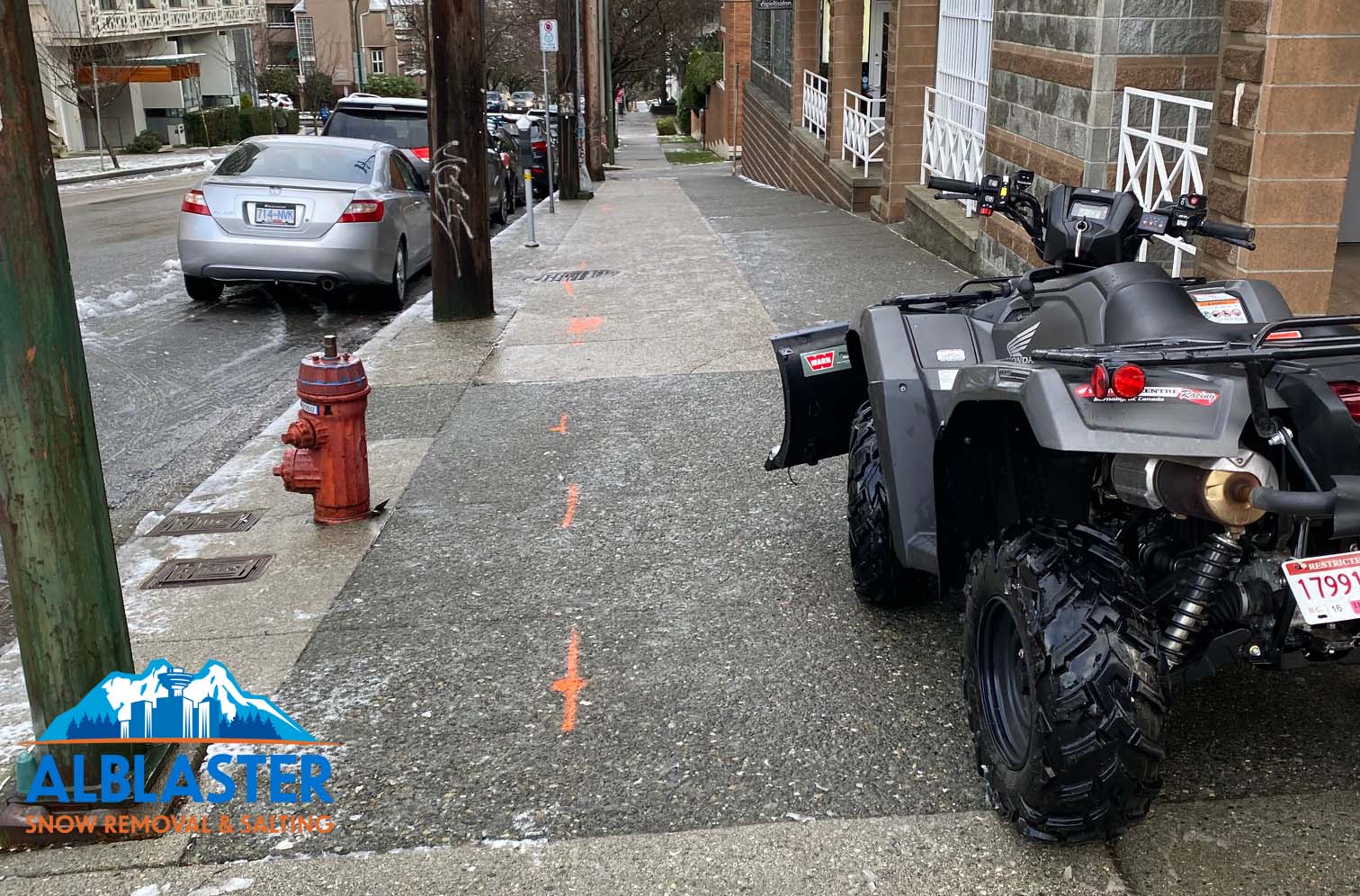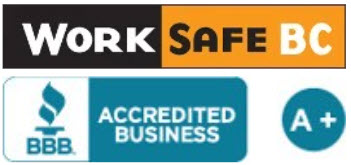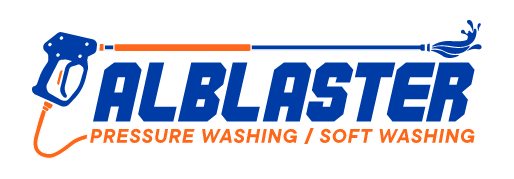
Keeping pathways, driveways, and parking lots ice-free is essential for safety, especially during the winter months. While salt and de-icers are effective in managing ice buildup, they can also lead to unintended damage on various surfaces over time. This blog will explore how salt and different types of de-icers can impact materials like concrete, asphalt, and landscaping and offer best practices to protect your property while still ensuring safe, ice-free surfaces.
How Salt and De-Icers Work
Salt (typically sodium chloride) is the most common and cost-effective de-icing agent. It lowers the freezing point of water, preventing ice formation and melting existing ice on contact. Other de-icers, like calcium chloride and magnesium chloride, work similarly but are often more effective in colder temperatures than traditional salt.
Each of these agents has its strengths, but each can also cause wear and tear on property surfaces if not used carefully. To help you make informed choices, let’s look at the impact of these agents on different surfaces.
The Impact of Salt and De-Icers on Different Surfaces
Concrete
- Effects: Salt is particularly tough on concrete. When applied frequently, it can cause scaling, pitting, and cracking due to the freeze-thaw cycle, where melted ice refreezes and expands within the concrete.
- Best Practices: Use salt sparingly on concrete, especially on new or unsealed concrete, which is more vulnerable to damage. Consider alternative de-icers like calcium magnesium acetate (CMA), which is gentler on concrete surfaces.
Asphalt
- Effects: Asphalt is generally more resistant to salt damage than concrete but can still experience wear over time. Repeated de-icer use can degrade the asphalt’s binding agents, leading to small cracks and potholes.
- Best Practices: Use rock salt and de-icers in moderation, and consider sealing your asphalt every few years to add an extra layer of protection. In areas where asphalt endures high traffic, applying a salt alternative like magnesium chloride may reduce damage.
Brick and Stone Pavers
- Effects: Brick and natural stone pavers are susceptible to salt degradation. Rock salt can erode the surface, leaving unsightly stains and weakening the material’s integrity.
- Best Practices: Apply de-icers specifically formulated for stone and brick surfaces. Potassium chloride is a milder option that works effectively without leaving residue or causing surface damage.
Landscaping and Vegetation
- Effects: Salt can leach into soil and harm nearby plants, causing browning of grass and foliage, and potentially killing sensitive plants. In addition, salt runoff can contaminate groundwater, negatively impacting the environment.
- Best Practices: Use salt sparingly near plants, and try to direct runoff away from landscaped areas. Products like calcium magnesium acetate (CMA) are more environmentally friendly, reducing harm to vegetation and soil.
Choosing the Right De-Icer for Your Property
When selecting a de-icer, it’s essential to consider factors like temperature, effectiveness, environmental impact, and potential damage to surfaces. Here’s a quick guide to common de-icers:
- Sodium Chloride (Rock Salt): Affordable and effective down to around 15°F, but harsh on concrete, vegetation, and the environment.
- Calcium Chloride: Works well in extremely low temperatures (down to -25°F) and is less damaging to plants, but can still impact concrete and metals.
- Magnesium Chloride: Effective and environmentally friendlier than rock salt, with less impact on plants and surfaces, but may still cause issues over time.
- Calcium Magnesium Acetate (CMA): Known for its gentleness on concrete and plants, this de-icer is an excellent choice for environmentally conscious users but is typically more costly than other de-icing products.
Tips for Effective and Safe De-Icing
- Use the Right Amount: Avoid over-salting. Using excess salt not only increases surface wear but can also contribute to groundwater contamination and harm vegetation. Many modern snow removal services use calibrated spreaders to ensure precise application.
- Apply Before Snow Falls: Pretreating surfaces before snowfall helps prevent ice from bonding, making it easier to clear snow and reducing the need for large amounts of salt or de-icer afterward.
- Sweep Up Excess Salt: Once the ice has melted, sweeping up excess salt can prevent it from washing into gardens, lawns, and storm drains, reducing its impact on the environment.
- Seal Surfaces: Applying a sealer to concrete, asphalt, and paver surfaces provides an added layer of protection against salt and de-icers, extending the life of these materials and making future snow removal easier.
- Consider Professional Snow Removal Services: Hiring professionals trained in efficient snow removal and using the right products for each surface can save you time, money, and future repair costs. Many companies offer eco-friendly de-icing options and tailor treatments to different surface types to minimize damage.
The Environmental Aspect of Salt and De-Icers
Salt runoff can harm ecosystems, affecting soil health, vegetation, and nearby water bodies. Opting for environmentally friendly de-icers or minimizing your salt usage can lessen the impact on surrounding habitats. Companies specializing in sustainable de-icing practices can also offer guidance on using eco-conscious products that protect your property and the environment alike.
Contact Alblaster Snow Removal for tailored de-icing and snow removal solutions designed to protect your property and enhance its longevity, all while keeping it safe and accessible through every snowfall.



 5.75 °C
5.75 °C